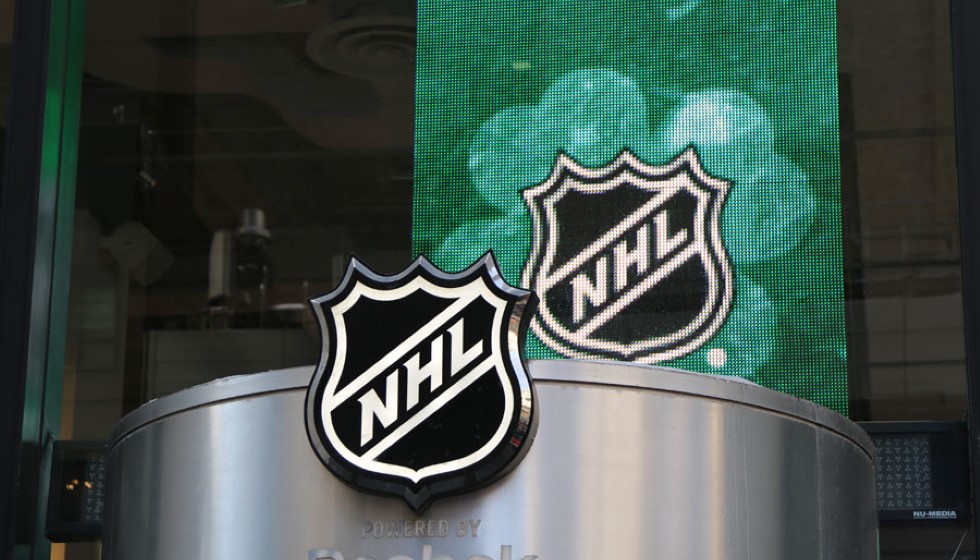
In a recent clash on the ice, newcomers and veterans of the National Hockey League (NHL) demonstrated the evolving landscape of professional hockey. A notable game between the Toronto Maple Leafs and the New York Rangers highlighted the participation of Ryan Reaves and promising rookie, Matt Rempe. This encounter not only thrilled the fans but also reignited discussions about the role and impact of enforcers within the sport.
Introducing Matt Rempe
The rookie, towering at 6 feet 7 inches and weighing in at 240 pounds, has quickly made his presence felt in the NHL. Matt Rempe, having scored and assisted once in his first seven games, impresses with his physical play. However, what stands out is his significant time spent in the penalty box—37 minutes, surpassing his on-ice gameplay in minutes. Rempe's role as an "enforcer" in the league adds to the long-standing tradition of hockey pugilists, often responsible for protecting star players and maintaining team morale.
The Shadow of the Past and the Health Concerns
The NHL has seen its share of tragedies, with the untimely deaths of enforcers Derek Boogaard, Wade Belak, and Rick Rypien in 2011 resurfacing concerns about the physical toll of fighting in hockey. These incidents have highlighted connections between the sport's violent aspects and a devastating outcome—Chronic Traumatic Encephalopathy (CTE). Despite research supporting these findings, NHL Commissioner Gary Bettman has expressed skepticism regarding the direct link between fights in hockey and CTE, a stance that remains controversial within and outside the sporting world.
The Evolution of Hockey and the Decline of the Enforcer
In recent years, the landscape of hockey has noticeably shifted with a greater emphasis on speed, skill, and analytics. This evolution poses a challenge for traditional enforcers who are not known for their scoring prowess or skating finesse. The role of fighting has diminished, making way for a faster and more skill-focused game that aims to be more inclusive. Yet, the debate continues on the essence of fighting in hockey, often referred to as part of the sport's unwritten "code."
The Conversation Around Fighting
Discussion around the role of enforcers and fighting in hockey remains a hot topic. TNT's NHL panel shed light on particular plays and fights, including notable incidents involving rookies like Rempe. Former NHL enforcer Paul Bissonnette commended Rempe's adherence to the old-school approach to hockey etiquette, appreciating the rookie's willingness to be accountable on the ice. It underlines the lasting appreciation for a bygone role within the sport, despite the significant changes hockey has undergone.
Hockey at a Cultural Crossroads
The NHL found itself at the center of a cultural debate during the recent All-Star break in Florida. A controversy emerged from the League's LinkedIn post about a career fair, drawing criticism from Florida Governor Ron DeSantis. The governor's spokesperson emphasized their opposition to any form of discrimination, spotlighting the wider discussions on inclusivity and diversity that are currently influencing sports beyond the ice rink.
The Ongoing Role of Enforcers
Despite the changing landscape, some within the hockey community maintain that enforcers play a vital role in ensuring player safety, arguing that their presence on the ice can deter dirty plays and maintain the sport's physical integrity. Whether Matt Rempe's involvement in fights will escalate tension or prevent further disputes remains to be seen. However, his actions and those of future enforcers will undoubtedly continue to provoke discussions about the balance between preserving the traditional aspects of hockey and adapting to the evolving standards of sportsmanship and player health.
The term "enforcer" might evoke notions of a bygone era, yet incidents on the ice reveal an ongoing negotiation within professional hockey. As the sport endeavors to find its footing in a fast-paced, analytics-driven era, the legacy and future of the hockey enforcer continue to be a compelling narrative—one that reflects the broader challenges of balancing tradition with progress.